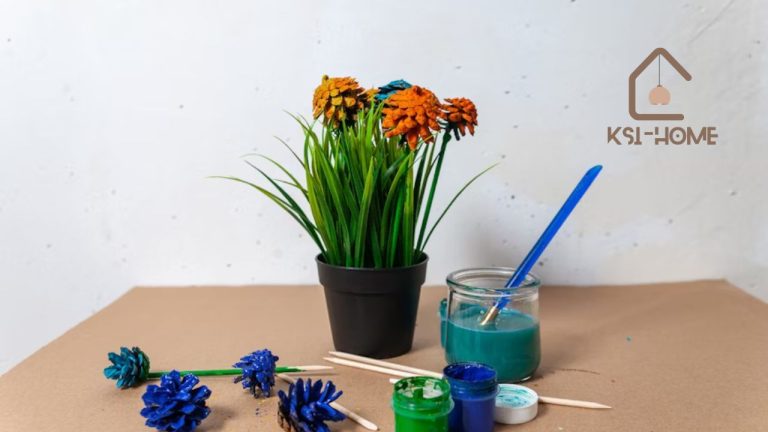Starting to learn Cambodian can feel new and exciting. Many find it helpful to start with common words and everyday phrases before moving on to more advanced skills. The best way to make steady progress is through Cambodian language lessons with expert tutors, who can guide each step and answer questions along the way.
Some learners enjoy practicing with audio courses, while others prefer interactive online sessions. For those seeking help with pronunciation or grammar, Cambodian language lessons with expert tutors offer personalized guidance and support. One-on-one practice with an experienced tutor can make a big difference in building fluency and confidence.
Key Takeaways
- Start by learning useful words and phrases.
- Cambodian language lessons with expert tutors make learning easier.
- One-on-one practice helps build real-world speaking skills.
Getting Started with Learning Cambodian
Learning Cambodian, also called Khmer, begins with the basics, such as common words and important sounds. Knowing how the script works and gaining an understanding of cultural traditions will also help learners feel more comfortable and connected as they make progress.
Basic Words and Phrases
A good place to start is by learning simple greetings and everyday expressions. The words for “hello” (សួស្តី – suo sdei) and “thank you” (អរគុណ – aw kun) are often used by everyone.
Key phrases also include “goodbye” (លា – lea), “yes” (បាទ – baat for men, ចាស – cha for women), and “no” (ទេ – te). These building blocks help learners start basic conversations.
Below is a small table of some common words:
| English | Khmer | Pronunciation |
| Hello | សួស្តី | suo sdei |
| Thank you | អរគុណ | aw kun |
| Goodbye | លា | lea |
| Yes (male) | បាទ | baat |
| Yes (female) | ចាស | cha |
| No | ទេ | te |
Practicing these daily helps learners remember them faster.
Essential Pronunciation Tips
Khmer uses sounds that may not exist in English, so listening closely is important. The language has 33 consonants and more than 20 vowel symbols. Some sounds come from the back of the mouth, and some vowels can change the meaning of words.
Learners should pay attention to the difference between short and long vowels. For example, baat (yes, for men) and bat (to lose) are different. Getting used to these tones and practicing with audio or native speakers helps improve accuracy.
Speaking slowly and repeating new words several times a day can help with memory and clear pronunciation. Mimicking native speakers and listening to recordings can train the ear.
Understanding Khmer Script
Khmer script is unique, with its own set of characters. The script is made up of 33 consonants, over 20 vowels, and several special signs called diacritics. Each letter has its own sound, and vowels can appear above, below, before, or after consonants.
Learning the script takes time, but starting with the alphabet helps. Flashcards or handwriting practice can make memorization easier. Unlike English, there are no spaces between words in Khmer writing—spaces are used to separate phrases or sentences.
It’s helpful to begin by writing basic words and names. Recognizing the alphabet early on makes reading menus, signs, or simple books possible.
Connecting with Khmer Culture
Understanding the Khmer language is linked to the culture and way of life in Cambodia. Common greetings involve a bow with palms pressed together, called the sampeah, showing respect. This tradition is widely practiced in daily life.
Holidays such as Khmer New Year or Pchum Ben are important and filled with unique customs, food, and music. Knowing even a few words in the language will make interactions during these celebrations more meaningful.
Learning the language helps people show respect for local customs. Asking questions about traditions and using Khmer phrases help learners form real connections with native speakers. Respect toward elders, dressing modestly, and showing interest in the local way of life are all valued in Khmer culture.
Fundamental Cambodian Language Skills
Building a solid base in Cambodian starts with simple grammar, useful resources, and daily speaking and listening habits. Learning Cambodian means breaking language down into parts that are easy to manage and practice, even for those who have never studied it before.
Key Grammar Points for Beginners
Cambodian, also called Khmer, uses a subject-verb-object word order. There are no verb conjugations or verb tenses like in English. Instead, time is shown with simple time words such as “yesterday” or “tomorrow,” placed near the verb.
Nouns in Khmer do not have grammatical gender or articles. The same noun is used for both singular and plural, and context makes the meaning clear. Pronouns depend on the relationship between speakers and sometimes on gender or age.
Questions are made by adding question words to the end of sentences. Simple structures let beginners practice everyday conversation sooner.
Effective Study Resources
Beginner learners should use a mix of books, apps, and audio materials. Simple books focused on reading and writing, such as picture books and beginner guides, work best for those starting out. Audio lessons are helpful for practicing pronunciation and listening skills.
Apps specifically for Khmer often include flashcards, common phrases, and listening exercises. Online platforms also offer free lessons, grammar tips, and quizzes. Practicing with tutors, such as those available for one-on-one speaking sessions, can help with fast progress and personalized feedback.
Supplement learning with Khmer music or children’s shows for extra listening practice. A regular daily schedule, even just 10–15 minutes, helps new learners build habits.
Practice Strategies for Speaking and Listening
Short, focused practice is best for speaking and listening. Beginners can start by practicing common greetings and repeating useful sentences. Listening to native speakers through podcasts, videos, or radio helps with getting used to the sounds.
Language partners or tutors can give useful feedback. Even speaking to oneself or practicing with recordings builds confidence. Creating flashcards for new vocabulary helps with memory.
Joining a language group or having video calls with a native speaker will increase conversational skill. Aim for regular, daily practice to form good habits and reduce hesitation when speaking.
Conclusion
Learning Cambodian can open doors to new friendships and a better understanding of daily life in Cambodia. With regular practice, patience, and a mix of resources, beginners can make steady progress.
Joining classes, using learning apps, talking to native speakers, and joining cultural events are all helpful steps. Mixing these different methods makes learning more enjoyable and practical.
Small, steady efforts each day add up over time. Staying positive and curious will help learners stay motivated as they reach their goals.
Admin Recommendation
Laying the Foundation for DIY Home Improvement Success

















